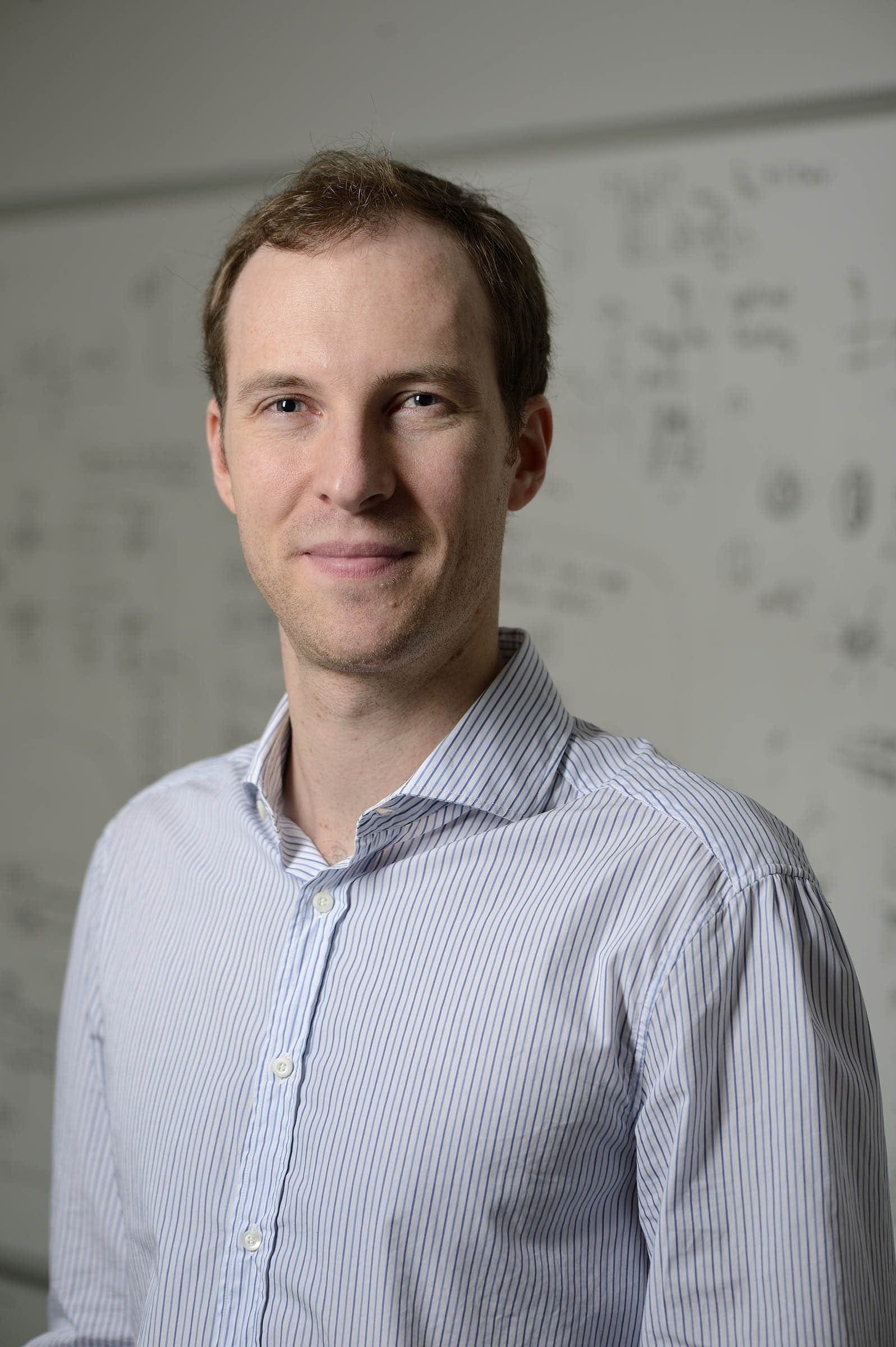
Thomas J. Kempa
Associate Professor
Contact Information
- tkempa@jhu.edu
- Curriculum Vitae
- New Chemistry Building, Room 111
- 410-516-4385
- Group/Lab Website
- Google Scholar Profile
Research Interests: Solid-State and Materials Chemistry, Energy Science, Experimental Physical Chemistry
Education: Ph. D., Harvard University
Thomas J. Kempa is an Associate Professor of Chemistry and of Materials Science and Engineering (by courtesy) at Johns Hopkins University. He holds a bachelor’s degree in chemistry from Boston College (2004) and spent 2 years as a post-graduate student at Imperial College London courtesy of a Marshall Scholarship. After returning to the United States, Tom pursued graduate studies in chemistry under the direction of Prof. Charles Lieber at Harvard University where he focused on the discovery and development of nanoscale materials for next-generation solar cells and photonic devices. After receiving his PhD in 2012, Tom conducted postdoctoral studies in the laboratory of Prof. Daniel Nocera, first at MIT and then at Harvard, and focused on harnessing electrochemical and hydrodynamic phenomena to form complex patterns of inorganic nanostructures. Over the course of his graduate and post-doctoral studies, Tom has received the MRS Graduate Student Award, the Dudley Herschbach Teaching Award, and the 2013 IUPAC Young Chemist Prize.
Professor Kempa’s research group develops new methods to prepare and study low-dimensional (low-D) inorganic crystals from nanoparticles (0D) to few-atom thick sheets (2D) whose exceptional properties render them intriguing platforms for optoelectronic, energy conversion, and quantum science studies. His group's expertise spans the areas of physical, inorganic, and materials chemistry. Professor Kempa is the recipient of numerous awards including a DARPA Young Faculty Award, an NSF CAREER Award, a Toshiba Distinguished Young Investigator Award, a Dreyfus Foundation Fellowship in Environmental Chemistry, and two Hopkins Discovery Awards.
The Kempa Group prepares and studies low-dimensional materials from nanoparticles (0D), to molecular wires (1D), to few-atom thick sheets (2D). Quantum confinement effects, tunable surface states, and intriguing charge/mass transport features endow these materials with exceptional properties. These properties not only reveal new chemical and physical phenomena, but also advance the development of optoelectronic devices, energy conversion systems, and quantum computing architectures.
Research Area 1:
The realization of porous molecular frameworks (e.g. MOFs/COFs) whose properties (e.g. conductivity, color, phase) are responsive to external stimuli is vital for their adoption into next-generation devices. We are synthesizing such responsive materials and characterizing their unique electronic and optical properties using specialized in situ spectroscopic tools. Notably, we are pioneering the development of gas-phase methods to synthesize large single crystals and thin films of various molecular frameworks and are performing detailed device measurements to gain insight into the unique electronic structure of these materials. These studies pave the way for advanced sensors, actuators, and energy storage solutions.
Research Area 2:
2D materials (e.g. transition-metal dichalcogenides, graphene, and analogous atomic monolayers) are a versatile platform for novel optical, electronic, catalytic, and quantum device studies. We are developing new synthetic breakthroughs allowing for preparation of low-dimensional materials with tunable morphologies and phases, and, thereby, tunable properties. Notably, we have recently dedicated significant effort to the development of “designer surfaces” on which to grow new low-dimensional materials with anomalous properties. These studies enable a host of future research efforts in electronics, energy conversion, and quantum computing/sensing.
Research Area 3:
Multi-component nanostructures support unique and advanced optoelectronic, thermal, and catalytic properties, but are challenging to synthesize. We are developing solution-phase methods that utilize porous ionic solids as precursors for synthesis of complex nanomaterials. Notably, we prepare nanoscale dimers and multimers with atomically precise interfaces and use these constructs to control optical properties and chemical reaction pathways at the nanoscale. These studies advance our understanding of photo-induced chemical reactions and accelerate development of new catalysts.
030.306 “Physical Chemistry Instrumentation Laboratory II”
This second installment of the Physical Chemistry Instrumentation Lab will focus on both classical and modern experiments in the spectroscopy of chemical compounds. Lab experiments will focus on using optical, magnetic, and electronic methods to probe the properties of matter. The last experiment of the semester will harken back to the electronic circuits you were exposed to in PChem Lab I, and you will have the opportunity to build an optical amplifier from physical circuit components and to do real-world tests with it! Lectures will focus on introducing modern and state-of-the-art spectroscopic techniques that are beyond the scope of the course, but nevertheless build on classical tools conceived decades ago.
030.403 “Optoelectronic Materials and Devices”
This course provides an introduction to the vast chemistry and physics of solid-state materials. The course begins with a fundamental description of bonding in crystalline solids and calculation of electronic band structure. We then extend our discussion to methods for the synthesis of low-dimensional materials and hierarchical structures, including quantum dots (0D), nanowires/nanotubes (1D), graphene and other atomic monolayers (2D), and thin-film superlattices. An in-depth discussion of spectroscopic and characterization techniques for solid-state materials will follow and focus on some of the foundational studies of quantum devices and cooperative phenomena. At this stage we will describe recent advances in electron and other microscopies (e.g. aberration-corrected and energy filtered TEM, atom-probe tomography) that are revolutionizing the structural, compositional, and electronic characterization of materials. The course will conclude with a survey of contemporary topics in solid-state and nanomaterials science, including functional devices and circuits, assembly, energy conversion, and biological sensing.